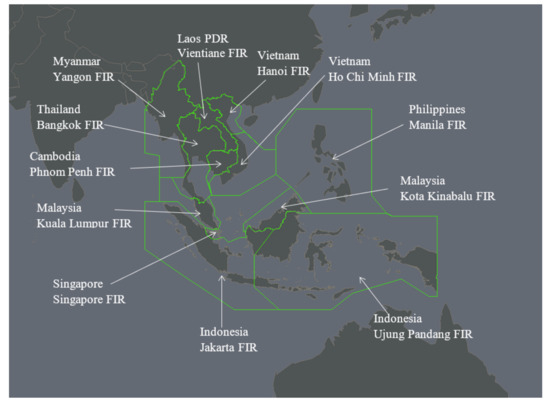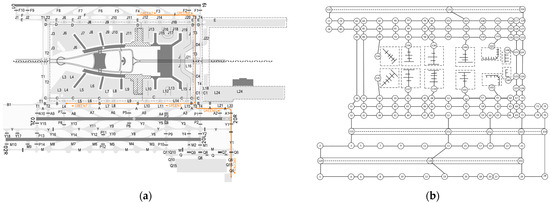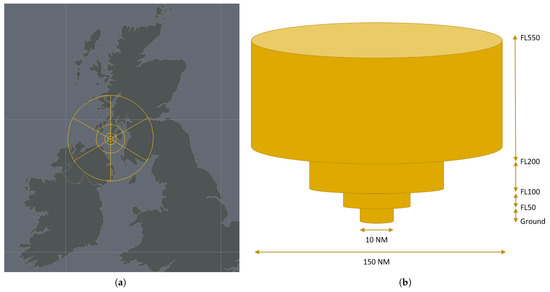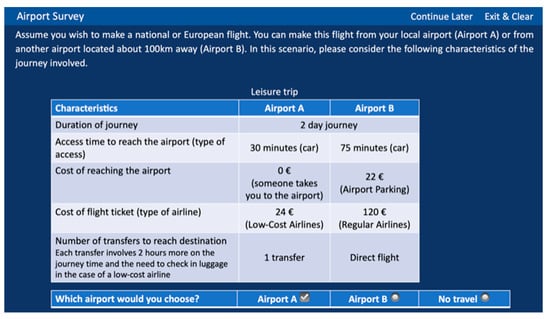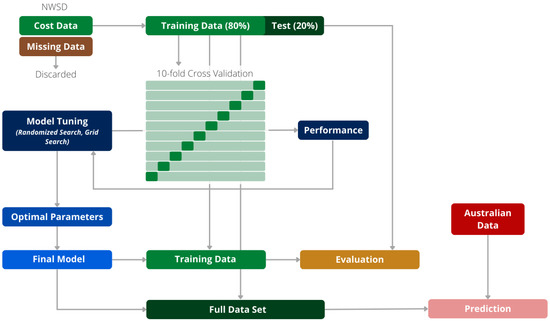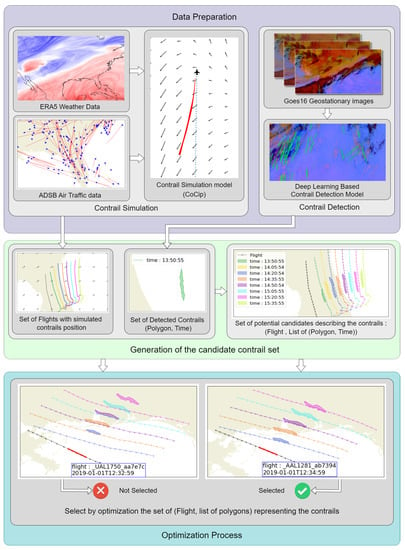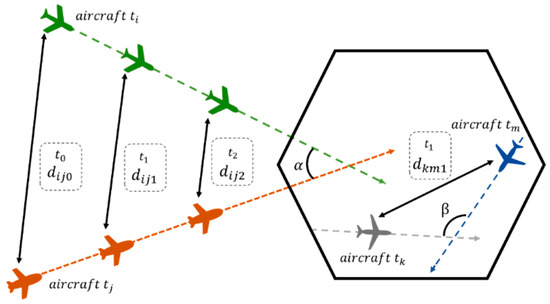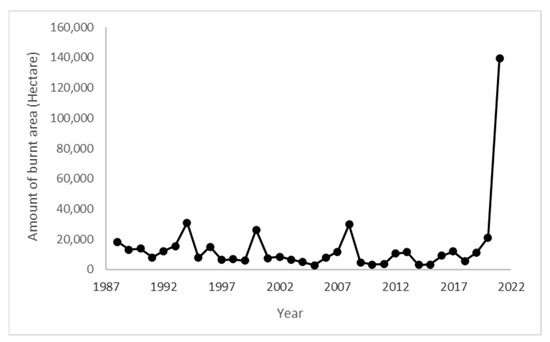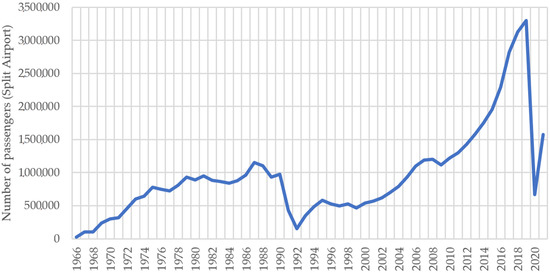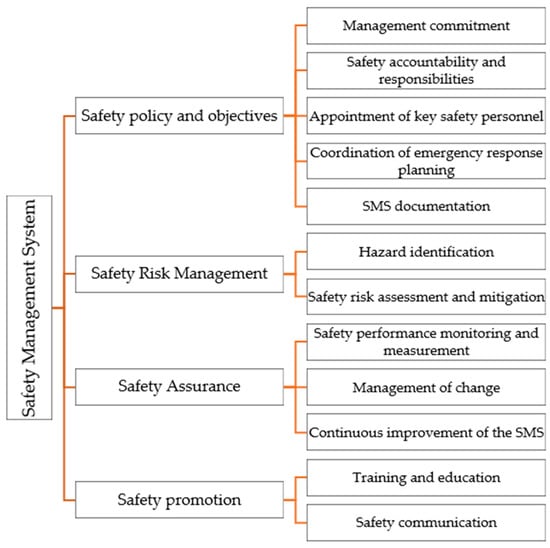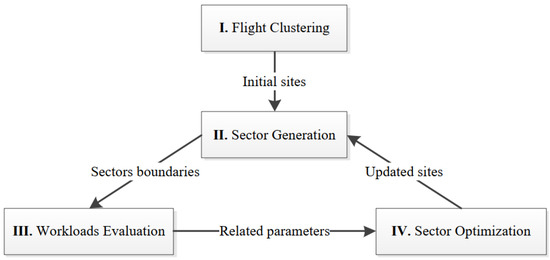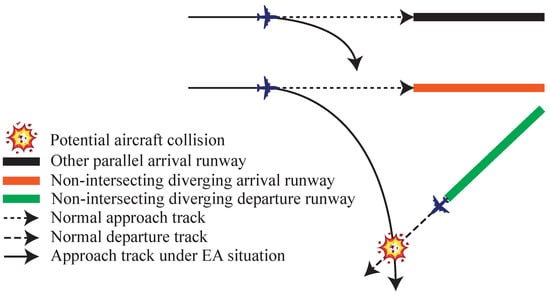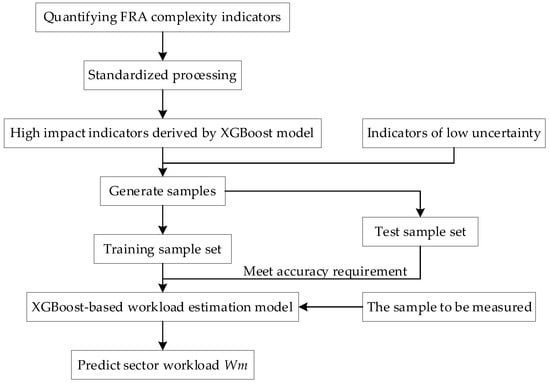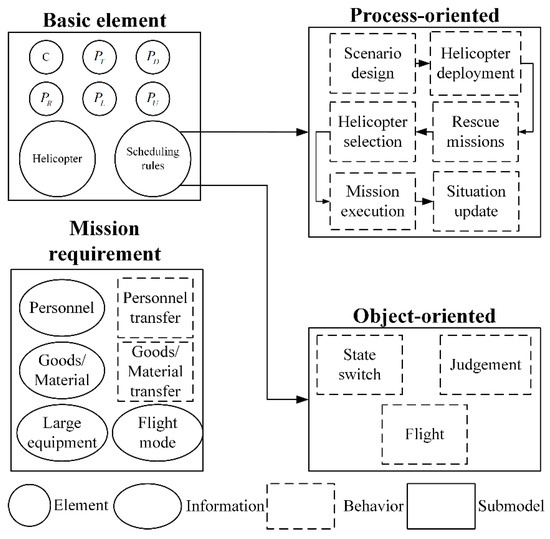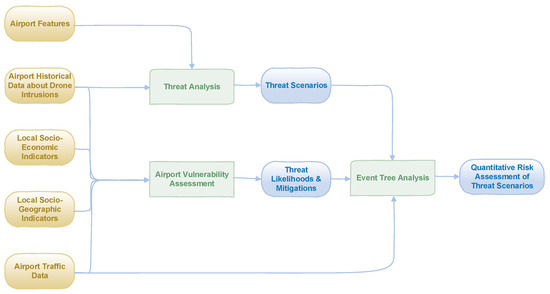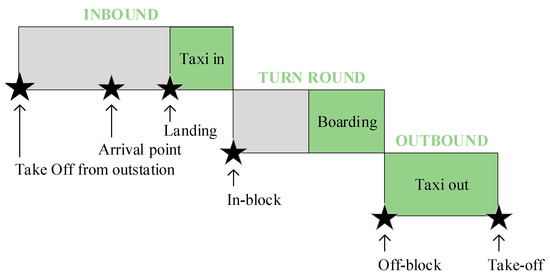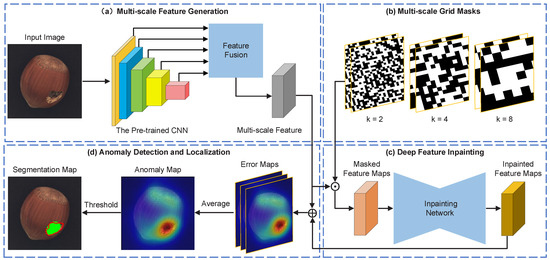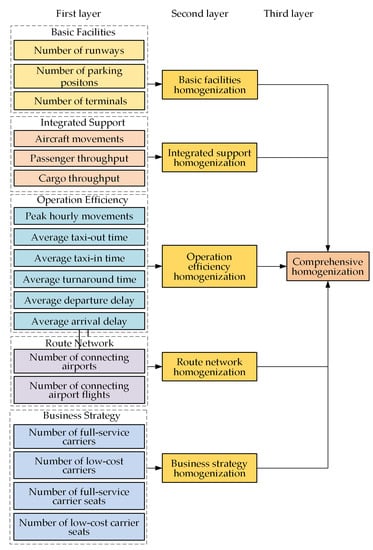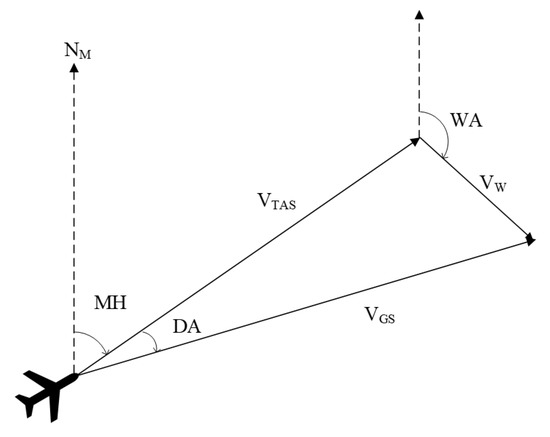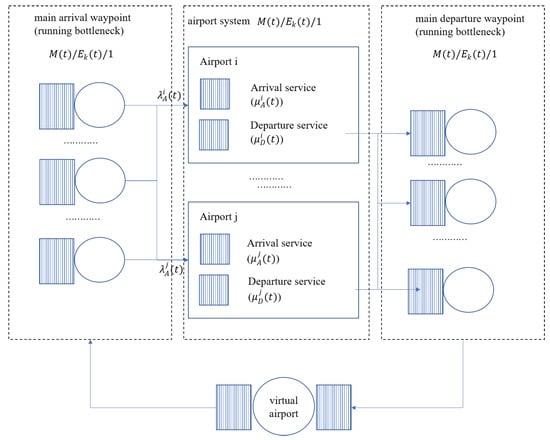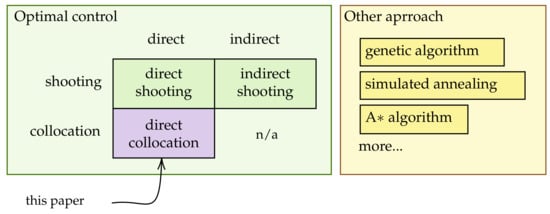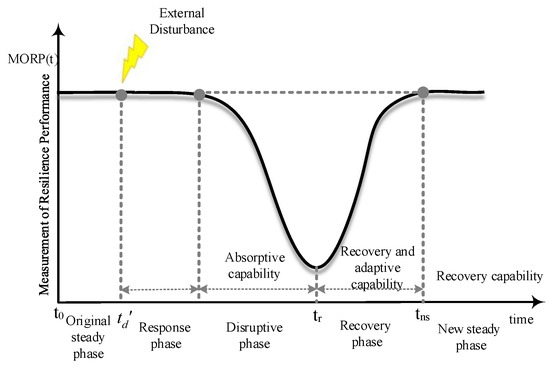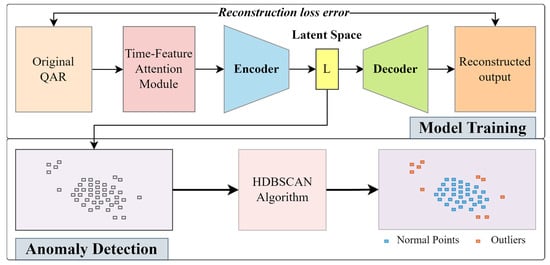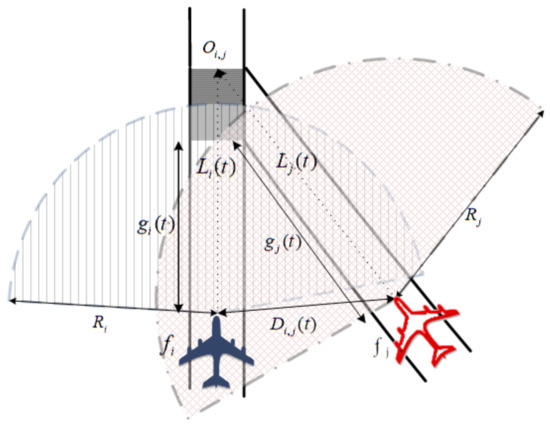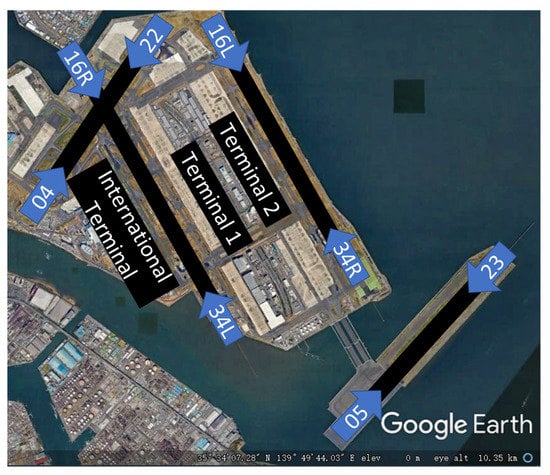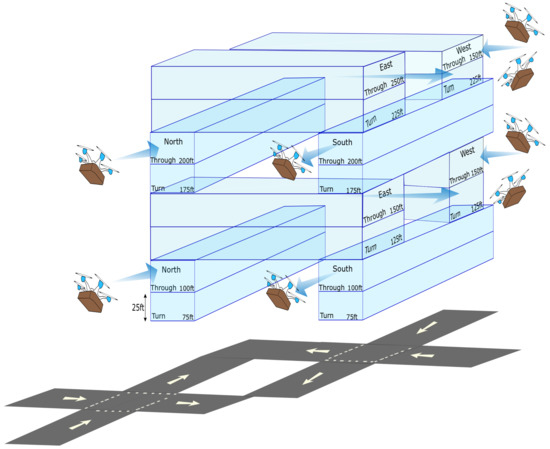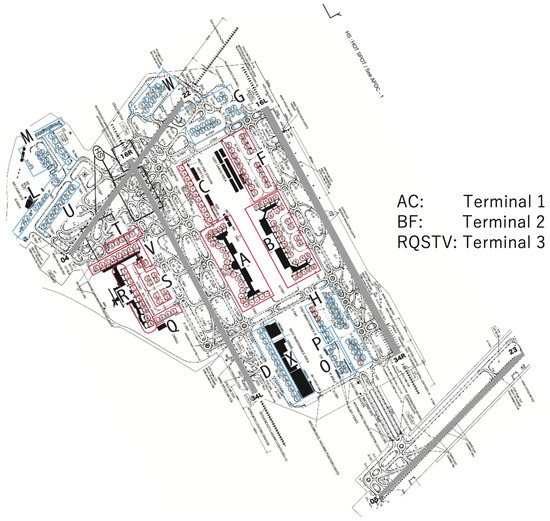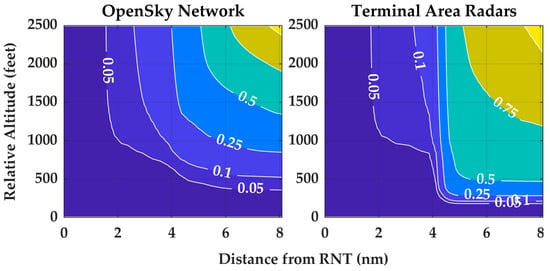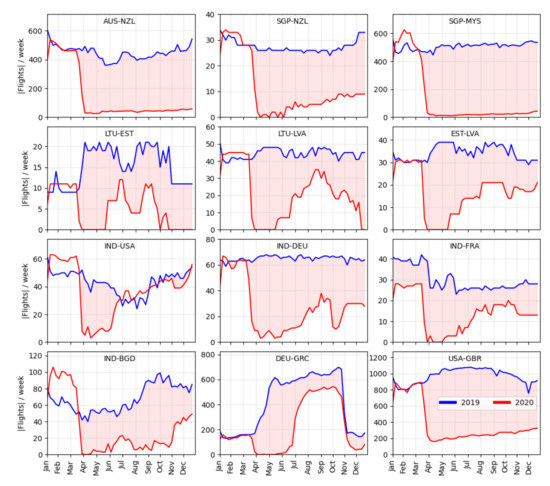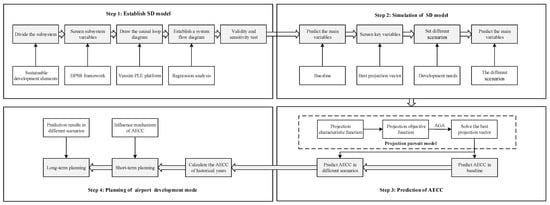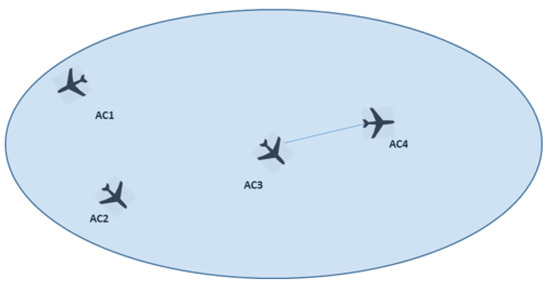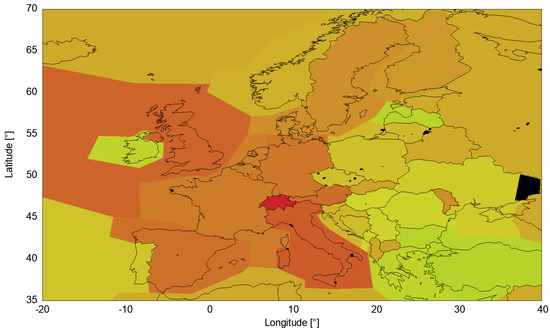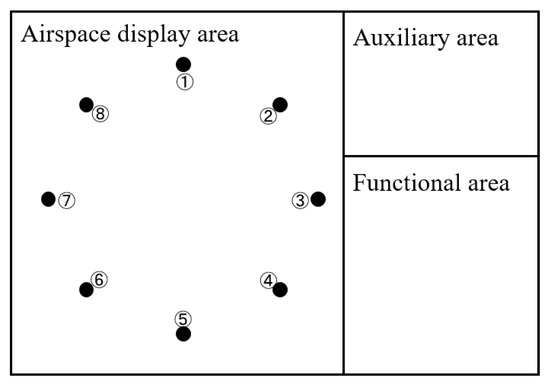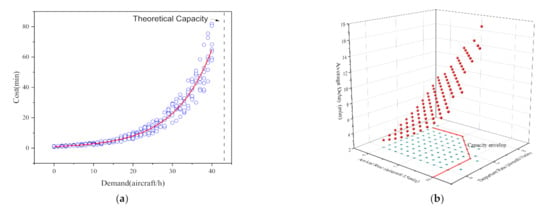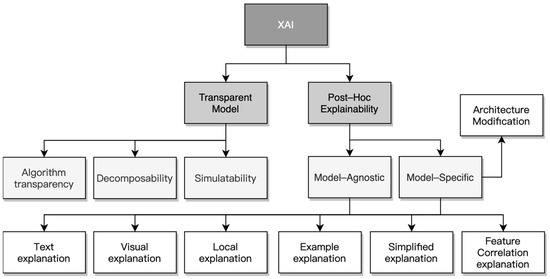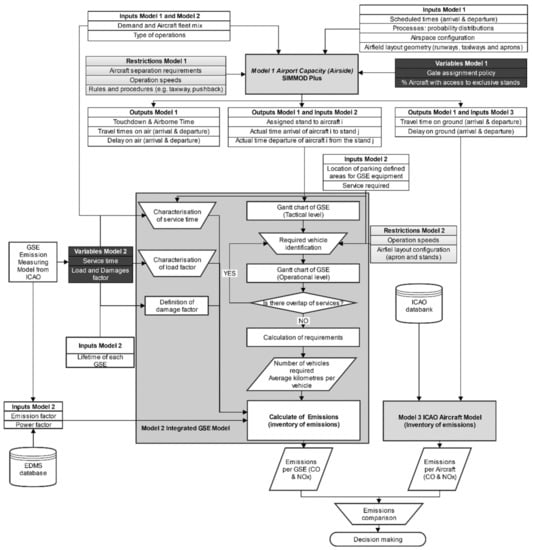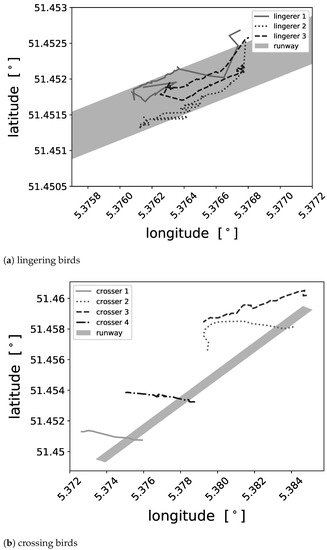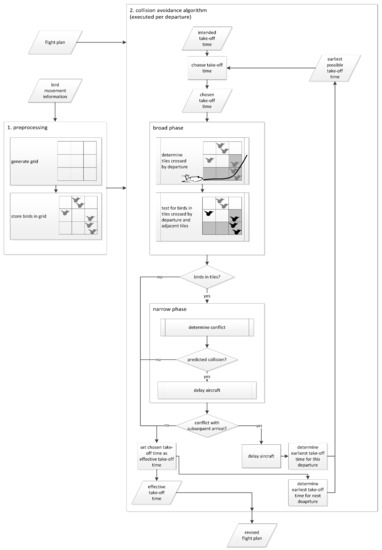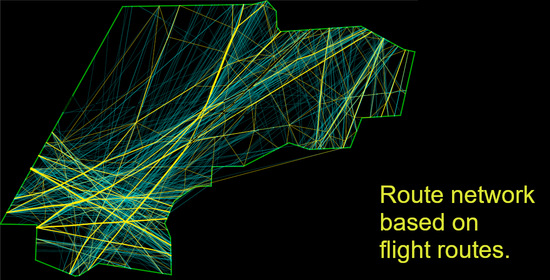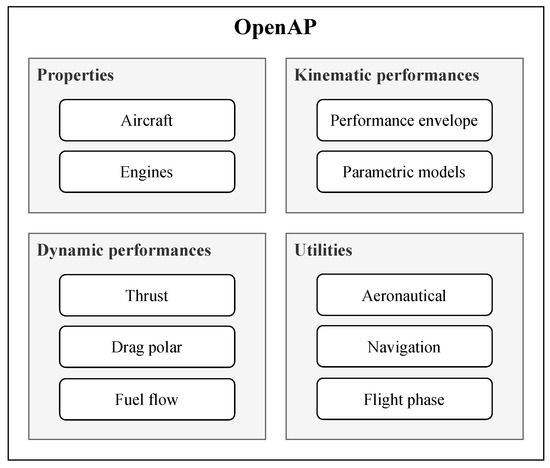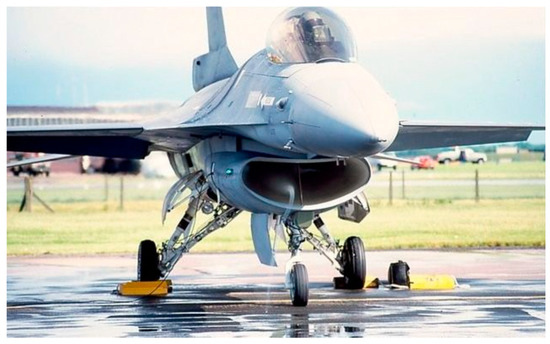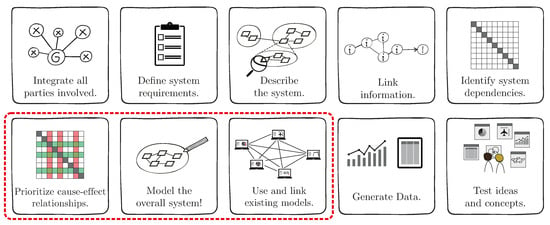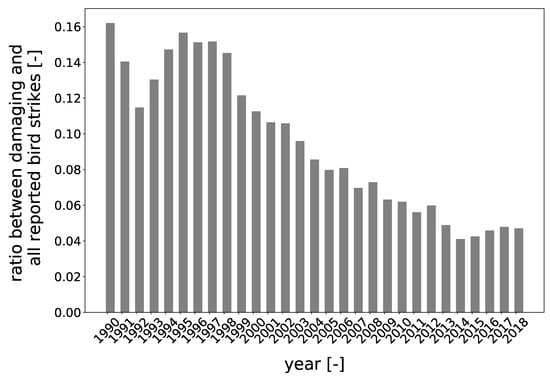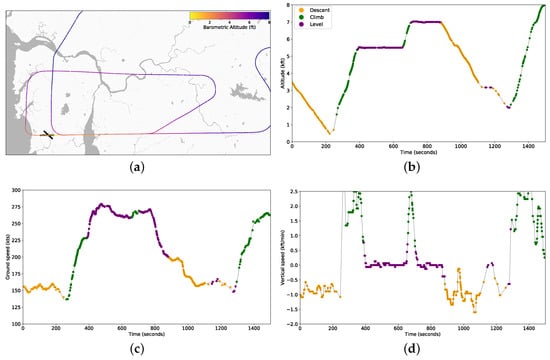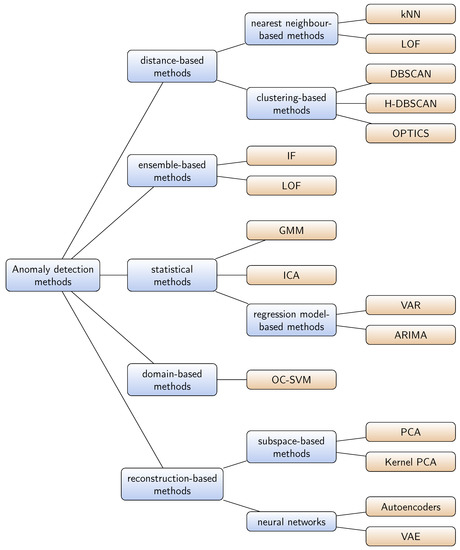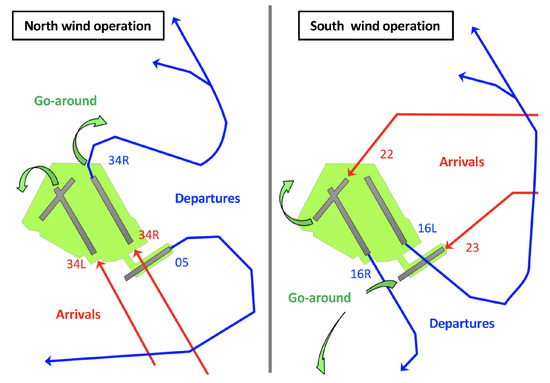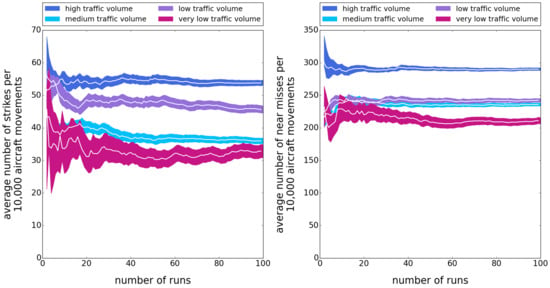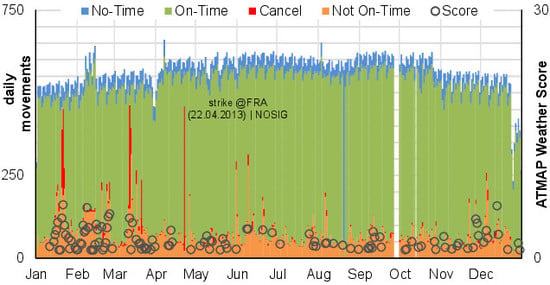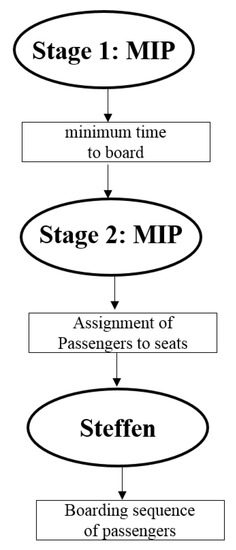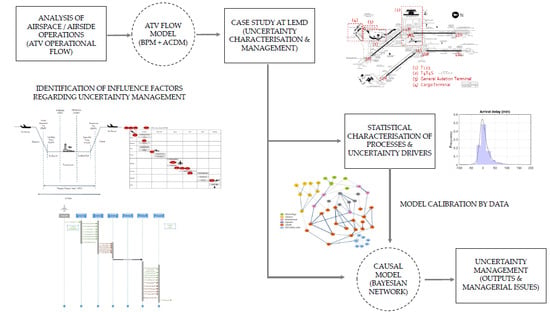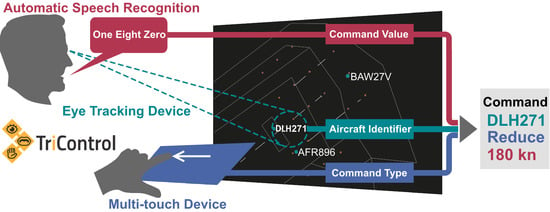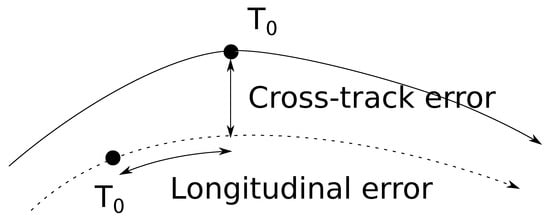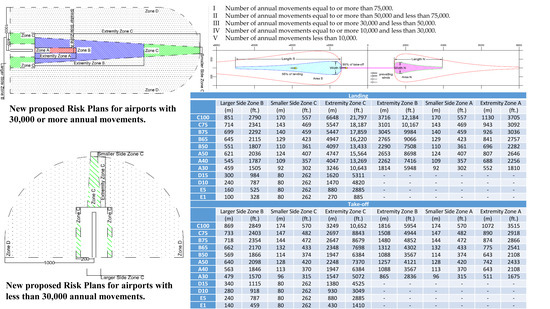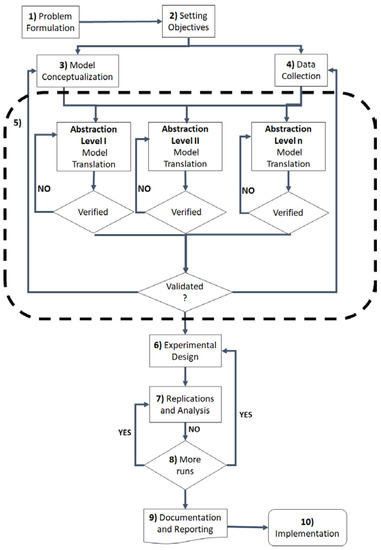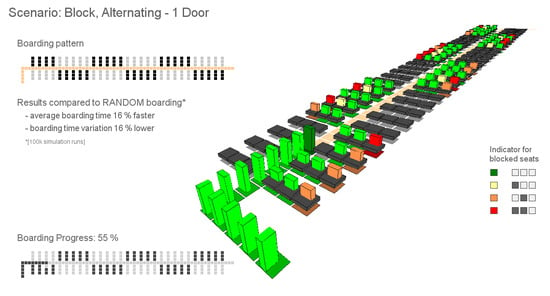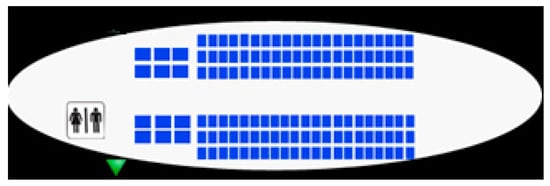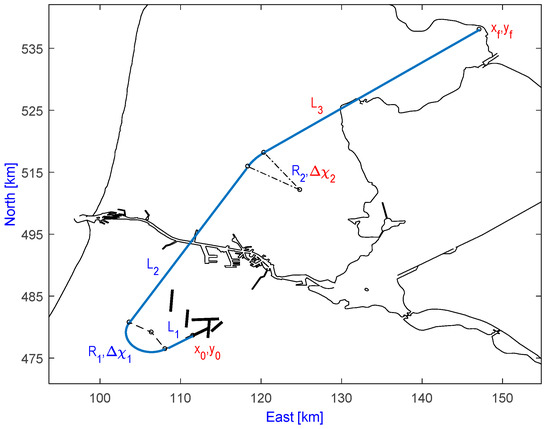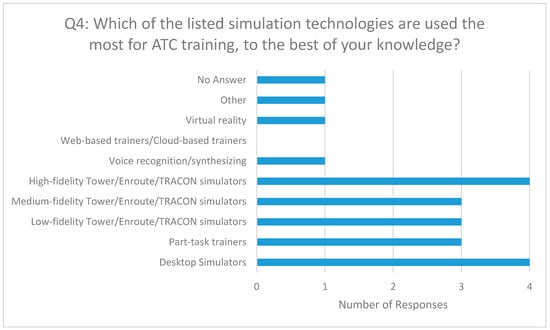Air Transportation—Operations and Management
A topical collection in Aerospace (ISSN 2226-4310). This collection belongs to the section "Air Traffic and Transportation".
Viewed by 316652Editors
Interests: air transportation; data-driven and model-based environments; predictive analysis; integrated airspace and airport management
Special Issues, Collections and Topics in MDPI journals
Interests: contrails; ATM; air traffic; trajectory optimization; flight performance
Special Issues, Collections and Topics in MDPI journals
Topical Collection Information
Dear Colleagues,
Future air traffic demand requires air traffic providers, operators, and researchers, implementing new procedures and technologies to handle the dense air traffic network. The bottlenecks in capacity, which are already partly present, challenge air traffic control on landside, ground, and airside. The economic pressure further forces air traffic stakeholders to sustainably increase the transport efficiency considering upcoming societal and environmental issues without a deterioration of the safety level. Inefficiencies indicating a high improvement potential have been identified in the time-based operations of aircraft, of interdependencies aircraft and passenger trajectories, economic and ecology impact of air traffic, network operations and handling of uncertainties, disturbances, and disruptions in the aviation system. Current approaches will provide solutions, such as resilient air transport network management, green airport taxi procedures, optimal control of scarce resources (e.g., slots, runway or apron capacity, fleet allocation), and mitigation of impact of severe weather conditions. Focusing aircraft operations, new optimization algorithms deal with time based trajectory management considering conflicting goals of increased efficiency and environmental awareness, noise abatement strategies, efficient air space design and increased target levels of safety. This collection invites papers that present solutions for the areas of air traffic operations and economics. Of interest are papers that address solutions to deal with challenges of all air traffic stakeholders. In particular, the collection wants to focus on dynamic airspace management, flight centered operations, turnaround management, air transport performance (e.g., new metrics, inter-airport coordination), trajectory management, eco-efficient aircraft operations (e.g., formation flight, contrail avoidance), airport management (e.g., integrated approaches, pre-tactical planning), delay mitigation in the transport network, and holistic optimization approaches. Innovative solutions are being sought to enable versatile investigations of the air transport domain and provide multi-disciplinary approaches.
Dr. Michael Schultz
Dr. Judith Rosenow
Guest Editors
Manuscript Submission Information
Manuscripts should be submitted online at www.mdpi.com by registering and logging in to this website. Once you are registered, click here to go to the submission form. Manuscripts can be submitted until the deadline. All submissions that pass pre-check are peer-reviewed. Accepted papers will be published continuously in the journal (as soon as accepted) and will be listed together on the collection website. Research articles, review articles as well as short communications are invited. For planned papers, a title and short abstract (about 100 words) can be sent to the Editorial Office for announcement on this website.
Submitted manuscripts should not have been published previously, nor be under consideration for publication elsewhere (except conference proceedings papers). All manuscripts are thoroughly refereed through a single-blind peer-review process. A guide for authors and other relevant information for submission of manuscripts is available on the Instructions for Authors page. Aerospace is an international peer-reviewed open access monthly journal published by MDPI.
Please visit the Instructions for Authors page before submitting a manuscript. The Article Processing Charge (APC) for publication in this open access journal is 2400 CHF (Swiss Francs). Submitted papers should be well formatted and use good English. Authors may use MDPI's English editing service prior to publication or during author revisions.
Keywords
- aviation
- transportation
- airport
- air space
- traffic management
- operations







